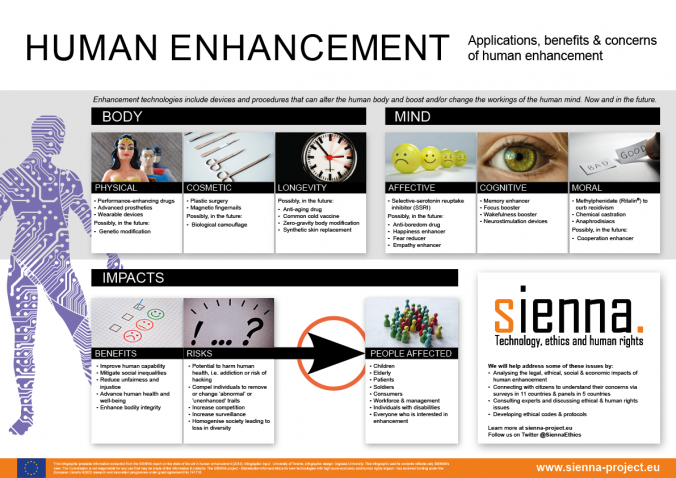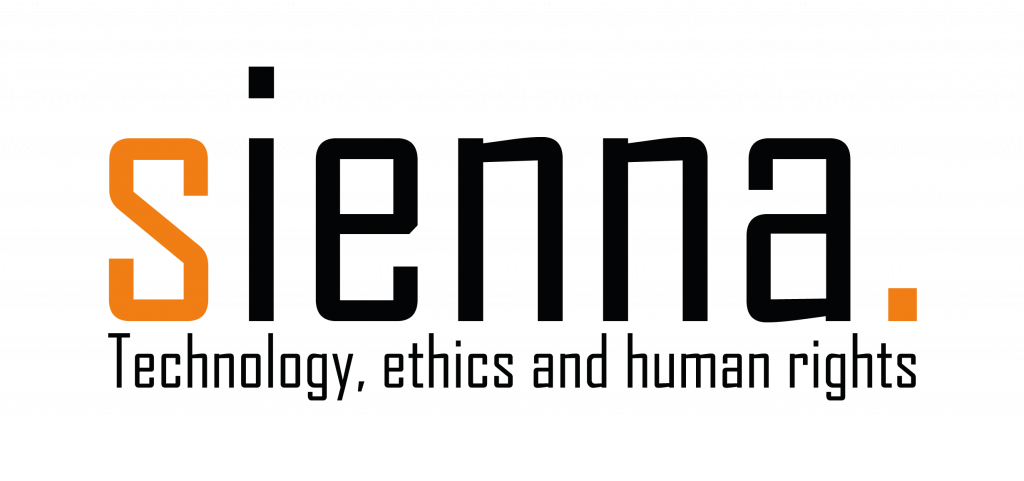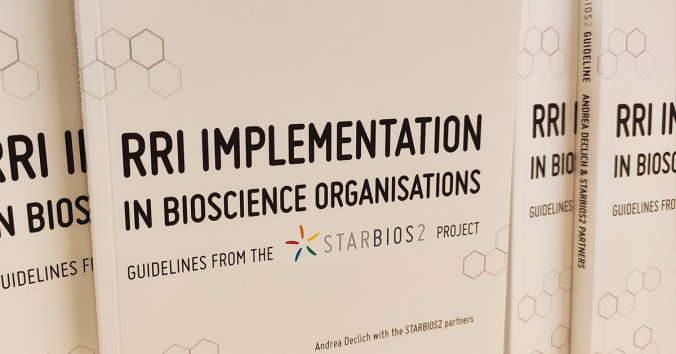Names easily give the impression that the named is something separate and autonomous: something to which you can attach a label. If you want to launch something and get attention – “here is something completely new to reckon with” – it is therefore a good idea to immediately create a new name that spreads the image of something very special.
Despite this, names usually lag behind what they designate. The named has already taken shape, without anyone noticing it as anything special. In the freedom from a distinctive designation, roots have had time to spread and branches to stretch far. Since everything that is given freedom to grow is not separate and autonomous, but rooted, interwoven and in exchange with its surroundings, humans eventually notice it as something interesting and therefore give it a special name. New names can thus give a misleading image of the named as newer and more separate and autonomous than it actually is. When the name arrives, almost everything is already prepared in the surroundings.
In an open peer commentary in the journal AJOB Neuroscience, Kathinka Evers, Manuel Guerrero and Michele Farisco develop a similar line of reasoning about neuroethics. They comment on an article published in the same issue that presents neuroethics as a new field only 15 years old. The authors of the article are concerned by the still unfinished and isolated nature of the field and therefore launch a vision of a “translational neuroethics,” which should resemble that tree that has had time to grow together with its surroundings. In the vision, the new version of neuroethics is thus described as integrated, inclusive and impactful.
In their commentary, Kathinka Evers and co-authors emphasize that it is only the label “neuroethics” that has existed for 15 years. The kind of questions that neuroethics works with were already dealt with in the 20th century in applied ethics and bioethics, and some of the conceptual problems have been discussed in philosophy since antiquity. Furthermore, ethics committees have dealt with neuroethical issues long before the label existed. Viewed in this way, neuroethics is not a new and separate field, but rather a long-integrated and cooperating sub-discipline to neuroscience, philosophy and bioethics – depending on which surroundings we choose to emphasize.
Secondly, the commentators point out, the three characteristics of a “translational neuroethics” – integration, inclusiveness and impact – are a prerequisite for something to be considered a scientific field. An isolated field that does not include knowledge and perspectives from surrounding sciences and areas of interest, and that lacks practical impact, is hardly what we see today as a research field. The three characteristics are therefore not entirely successful as a vision of a future development of neuroethics. If the field is to deserve its name at all, the characteristics must already permeate neuroethics. Do they do that?
Yes, say the commentators if I understand them correctly. But in order to see this we must not be deceived by the distinctive designation, which gives the image of something new, separate and autonomous. We must see that work on neuroethical issues has been going on for a long time in several different philosophical and scientific contexts. Already when the field got its distinctive name, it was integrated, inclusive and impactful, not least within the academically established discipline of bioethics. Some problematic tendencies toward isolation have indeed existed, but they were related to the distinctive label, as it was sometimes used by isolated groups to present their activities as something new and special to be reckoned with.
The open commentary is summarized by the remark that we should avoid the temptation to see neuroethics as a completely new, autonomous and separate discipline: the temptation that the name contributes to. Such an image makes us myopic, the commentators write, which paradoxically can make it more difficult to support the three objectives of the vision. It is both truer and more fruitful to consider neuroethics and bioethics as distinct but not separate fields. If this is true, we do not need to launch an even newer version of neuroethics under an even newer label.
Read the open commentary here: Neuroethics & bioethics: distinct but not separate. If you want to read the article that is commented on, you will find the reference at the bottom of this post.

Written by…
Pär Segerdahl, Associate Professor at the Centre for Research Ethics & Bioethics and editor of the Ethics Blog.
K. Evers, M. Guerrero & M. Farisco (2023) Neuroethics & Bioethics: Distinct but Not Separate, AJOB Neuroscience, 14:4, 414-416, DOI: 10.1080/21507740.2023.2257162
Anna Wexler & Laura Specker Sullivan (2023) Translational Neuroethics: A Vision for a More Integrated, Inclusive, and Impactful Field, AJOB Neuroscience, 14:4, 388-399, DOI: 10.1080/21507740.2021.2001078
Minding our language
















